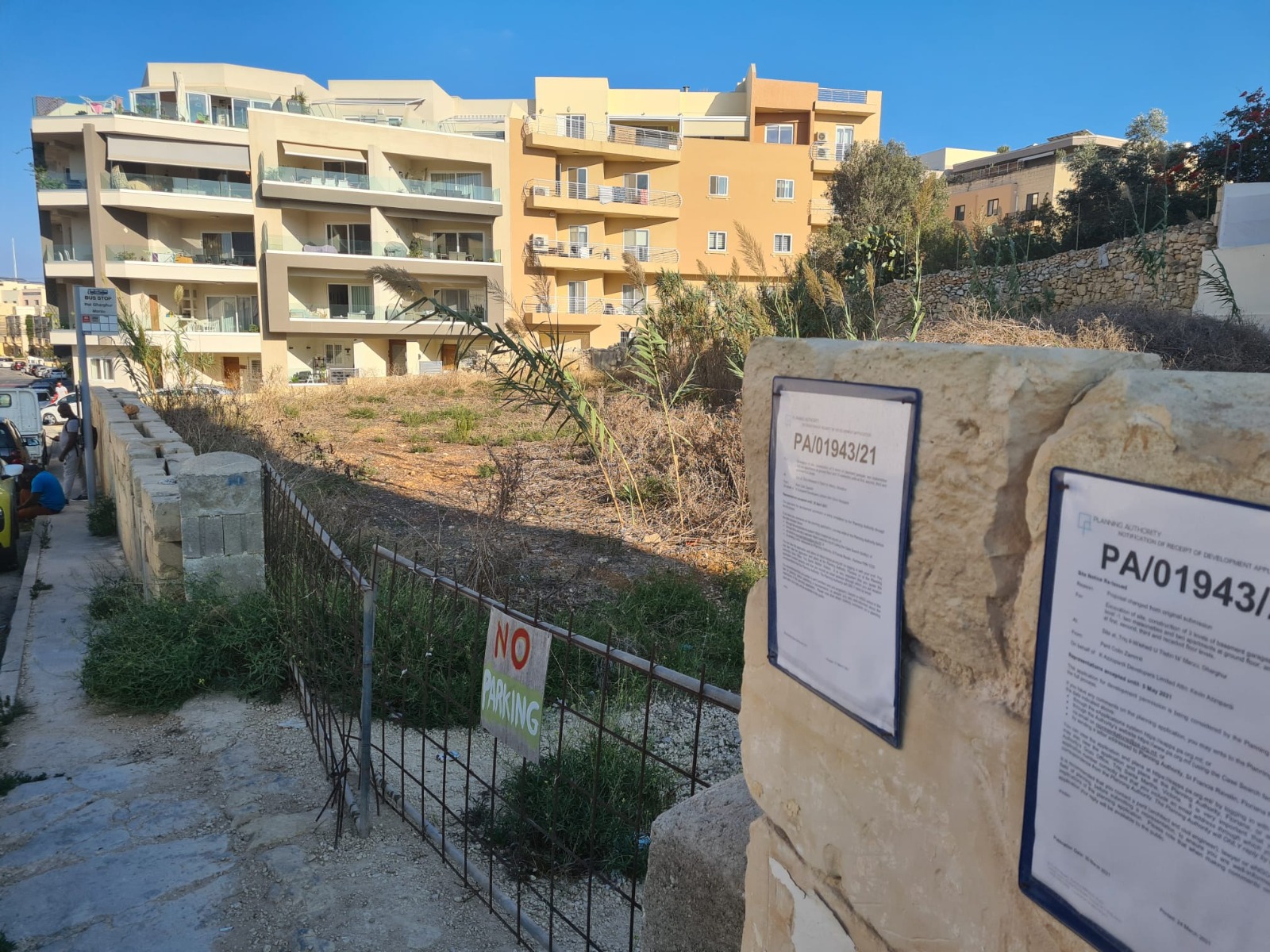
It is indeed unfortunate that the sale of a parcel of land in Għargħur by the Church has been twisted and exploited to such an extent that some went as far as accusing Archbishop Charles Scicluna of naivety and, worse, hypocrisy.
This because the Archbishop had the courage to call out the culture of greed and because he made a heartfelt appeal to everyone to give more careful consideration to the type of developments we permit in our towns and villages.
At no point did the Archbishop in his Independence Day homily state that development in Malta should not take place – as some have sought to portray to further their own ends. What he said, quite correctly, was that a culture of greed has permitted unbridled and ugly development which has blighted our island.
Yet as often happens in these cases, the facts surrounding the sale of land in Għargħur six months ago and what the Archbishop said a couple of weeks ago have fallen victim to knee-jerk condemnation and political point-scoring.
It should be noted, firstly, that the Church in Malta has transferred or sold property for decades. Much of this was, in fact, transferred to the State back in 1991 in tandem with an agreement governing the funding of Church schools. Meanwhile, small portions of land in developable zones were retained for potential future purposes.
In the case of the Għargħur plot, in line with established policies, the Archbishop’s Curia had first issued an internal call for expressions of interest among diocesan entities, offering them the opportunity to acquire this plot of land for pastoral purposes at a drastically reduced rate. Since none felt able to come forward, a public call was issued.
The Għargħur local council initially expressed interest in converting the site into a car park, day centre and night shelter, but did not follow up on their proposal. A group of residents also indicated they were keen to collectively purchase the land, but then curtly dismissed the Curia’s invitation to meet as a waste of time. Efforts to dispose of the land therefore continued and an agreement was eventually reached with a buyer.
Some may legitimately ask whether the Church could not have sold this barren parcel of land. In an ideal world, perhaps. But the Church today also faces up to the modern-day realities afflicting its parishes and entities. These include severe constraints on its income – made worse by the Covid pandemic – and overwhelming demands to ensure, for example, the wellbeing of families and individuals, the conservation of its heritage, and the upkeep of its properties, some of which were neglected for decades.
The Church is also fully committed to fulfilling its mission to make a positive contribution to society. Among many other projects, the Curia recently handed over the Adelaide Cini Institute in Santa Venera to Hospice Malta for palliative care services, and offers financial support to a vast array of individuals and organisations – including homes for children and homes for the elderly, among many others – which carry out invaluable work for those in need.
There is no escaping the reality that these pastoral initiatives and demands require financial resources. Unlike businesses or private individuals, who sell land for their own gain, the sale of property by ecclesiastical entities, which is only resorted to occasionally, is purely for the gain of those most in need.
This is why the Church exercised its legitimate right to sell this plot of land – which is well within the development zone and already surrounded by large-scale development – in Għargħur. This is why the Church calls on the authorities, and will continue to do so, to ensure that only necessary, proportional and aesthetically pleasing development takes place in our towns and villages. This is why it is not just for the Church, or anyone else for that matter, to be made a scapegoat should any ills be permitted to take place on land sold to third parties.
Such public authorities exist specifically to keep construction in check and should not be absolved of their responsibilities to ensure decent, sustainable development in our towns and villages. Going forward, the time may also be right for our policymakers to revise height limitations downwards in certain areas, particularly village cores.
This article was published in the Times of Malta on 4th October 2021.





